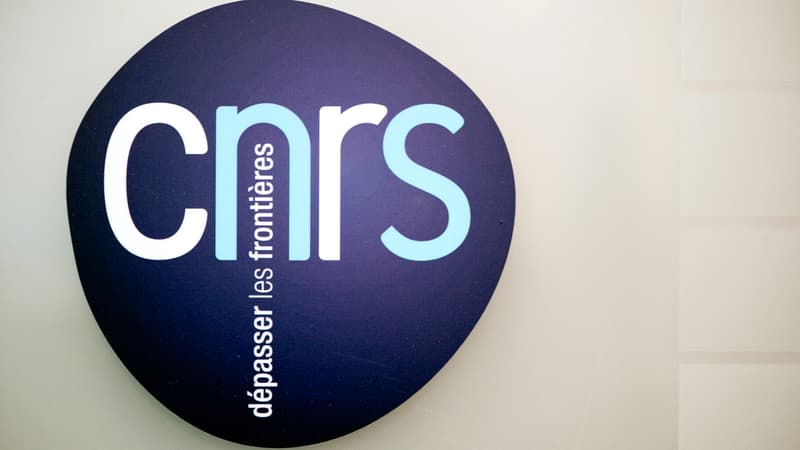She is at the top of the podium. France tops the European ranking in terms of the number of patents filed by public research bodies, with the CNRS, CEA and Inserm among the most innovative institutions, according to a study by the European Patent Office (EPO).
To carry out this study published on Wednesday, the EPO analyzed patent applications submitted by public bodies between 2001 and 2020, in its 39 member states. Results: During this period, more than 25,000 applications were generated by French public research organizations, or almost 14% of all applications generated by French actors, and 40% of the 63,000 patents filed by European public institutes.
Innovation is relatively concentrated: 10 institutions, mainly French and German, concentrate almost two thirds of the total applications. The National Center for Scientific Research (CNRS) and the Commission for Atomic Energy and Alternative Energies (CEA) are in first and second place respectively, the German Fraunhofer Institute, specialized in research in applied sciences, is in third place and Inserm is in fourth place.
Strategic sectors include healthcare, biotechnology, pharmaceuticals, semiconductors and digital technologies.
European university hospitals are among the main players submitting applications. The French dominate the landscape with 4,575 patent applications, followed by Germany (2,858) and the United Kingdom (2,500), which together represent more than 56% of all patent applications filed by European university hospitals.
Only the AP-HP (Assistance Publique – Hôpitaux de Paris) has 1,968 applications, that is, more than 11% of the European total, ahead of the Copenhagen University Hospital and the Karolinska Institute in Stockholm.
An efficient system that also attracts investments. “The most serious and interesting startups come from public research, which explains why they attract a disproportionate share of investment,” he says.
As proof of this, around a quarter of European startups that have generated patent applications involve inventors from public research institutes or hospitals, while they account for around half of the funding raised.
Source: BFM TV


